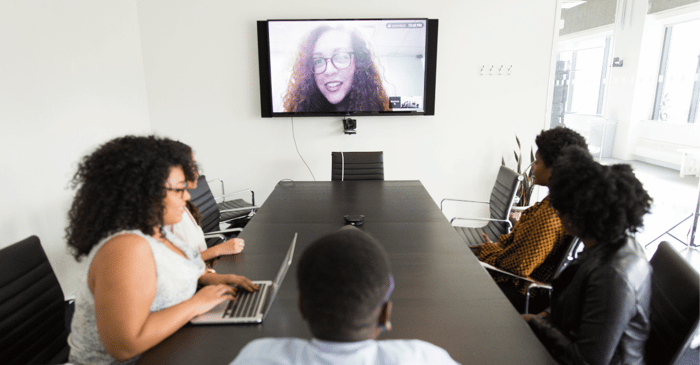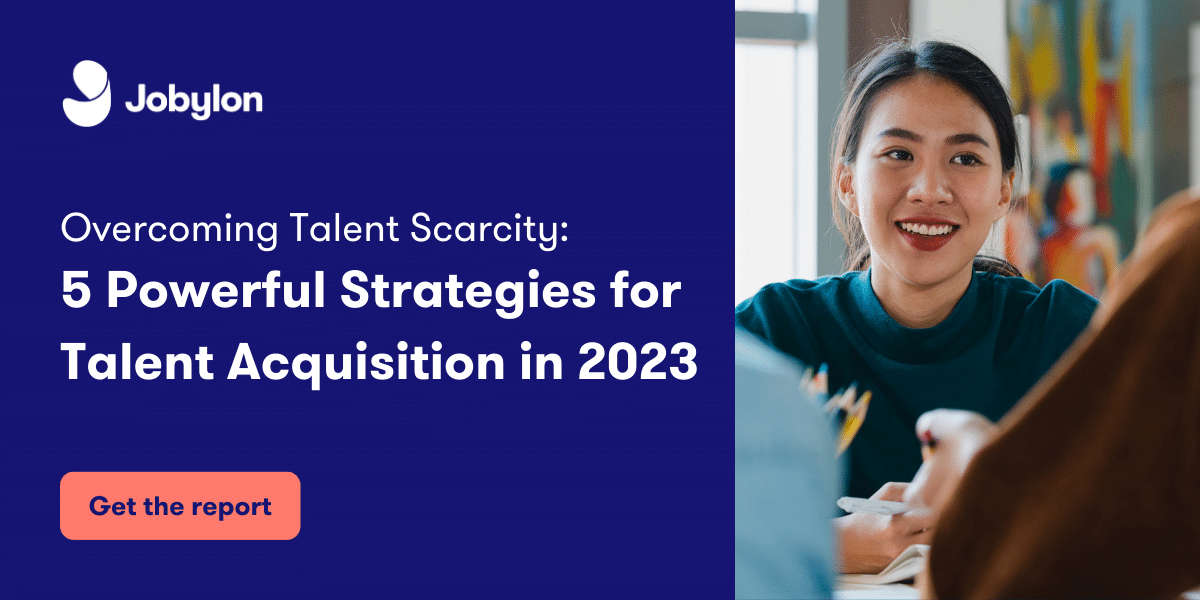Diversity recruiting and diversity hiring are not just passing trends, but critical components of a successful business strategy. As our research indicates, diverse companies tend to outperform those that are not, making the case for hiring for diversity.
In this article, we delve into how to recruit diverse candidates effectively by exploring four fundamental diversity recruiting strategies put forward by industry leaders. By implementing inclusive hiring practices and fostering a culture that values diversity and inclusion, companies can notably outperform their less inclusive peers.

What is Diversity Recruiting?
Diversity recruiting, sometimes referred to as diversity hiring, is a strategic approach that emphasizes the importance of hiring a workforce composed of diverse candidates. It focuses on the representation of different races, ethnicities, genders, ages, religions, disabilities, and sexual orientations, amongst others. Diversity recruiting is more than just a numbers game; it's about building an environment that embraces varying perspectives, experiences, and backgrounds, thus fostering innovation and growth. The process involves incorporating diversity recruiting strategies and inclusive hiring practices into a company's hiring approach. This is pivotal for not only maintaining a balanced workforce but also for providing equal opportunities to all candidates.
Why is a Diversity Recruiting Strategy important?
Constructing an inclusive, transparent environment where all feel valued is crucial, but it's no walk in the park. It involves profound commitments to change organizational structures and consistently address and adjust ingrained behaviors and biases. There’s no shortcut to assimilating a transparent space where everyone feels empowered and valued. Changing structures and implementing a long-term inclusion strategy requires an ongoing effort that involves acknowledging and changing internal behaviors, biases, and attitudes and evaluating the current company culture.
Here is what Vendela Ragnarsson, the Co-founder of ReRobe and a recognized leader within the Swedish field of Gender Equality, has to say about why this particular challenge requires strong leadership:
“Changing structures and implementing a long-term inclusion strategy requires an ongoing effort that involves acknowledging and changing internal behaviors, biases, and attitudes and evaluating the current company culture."
Having a diversity recruiting strategy is essential as it cultivates an environment that not only attracts and retains diverse candidates but also enhances creativity, innovation, and productivity. A diversity-focused approach aligns your organization with societal expectations. Companies that prioritize diversity and inclusion in their practices consistently outperform their counterparts. This strategy serves to ensure your company's growth and success while contributing to a more inclusive and fair society.
Strategies to increase your diversity hiring
1. Review your job advertisements
Take a look at your job ads and ask yourself if they are talking to a broader range of candidates. Use inclusive language and emphasize your commitment to diversity and inclusion in your job descriptions. Highlight that your company values diverse perspectives and encourages candidates from underrepresented backgrounds to apply. Make sure that you are not targeting specific demographics.
2. Expand your recruitment channels
Broaden your horizons and explore new recruitment channels when searching for candidates. Don't limit yourself to the same old methods. Instead, consider partnering with diverse professional organizations, attending job fairs that cater to specific communities, and utilizing platforms that you haven't tried before.
3. Unbiased Screening
To ensure fair evaluation of candidates, it is important to implement structured and standardized screening and selection processes that minimize biases. Consider using blind resume screening techniques, conducting skill-based assessments, and establishing diverse interview panels. These strategies will help create a level playing field and promote fairness in the hiring process.
4. Employee Referral Programs
Harness the power of your employees' social networks through employee referral programs. Motivate and encourage your team to recommend diverse candidates for available positions. Recognize and reward successful referrals, while highlighting the significance of diversity within the program. By utilizing employee referrals, you can tap into a wide range of networks and attract candidates who may not have otherwise encountered the job opportunity.
5. Educate the hiring team
Provide diversity and inclusion training to your hiring teams to raise awareness of unconscious biases and promote inclusive hiring practices. Empower recruiters and interviewers with the necessary expertise and abilities to assess candidates impartially and appreciate the significance of embracing diverse viewpoints.
6. Create an employer brand that appeal to diverse candidates
Demonstrate your dedication to diversity and inclusion in your employer branding efforts. Showcase the stories and experiences of your employees, highlight the impactful diversity initiatives your company has undertaken, and emphasize the core values that foster an inclusive work environment. By doing so, you will not only attract a diverse pool of candidates but also attract those who resonate with and align with your company culture.
7. Track and Analyze Diversity Metrics
Track and analyze diversity metrics on a regular basis to assess the impact of your diversity hiring strategies. Keep a close eye on the diversity of your pool of applicants, interviewees, and new hires to identify areas where you can make improvements and measure your progress over time.
What steps can we take to effectively integrate a robust diversity and inclusion strategy within our workplace?
Effective integration of diversity and inclusion strategy in modern workspaces requires understanding your audience, as highlighted by David Khabbazi, COO at The Social Few:
“To increase diversity we need to increase and measure our perspective density from within and out. Data and insights are a central part of the work – insights into opportunities and challenges regarding the people we want to engage, attract and recruit. It is also important to dare to adjust your target audience and ratify internal processes, recruitment channels, and not least your communication from an inclusive perspective”
Consideration must be given to diverse voices and perspectives in decision-making, addressing unconscious biases as noted by Tobias Franzen, CEO of The Amazing Society:
"Your own ability to remain objective is worse than you think. Most of us know that we unconsciously tend to like people who remind us of ourselves, but the challenge here is to really understand how deep this goes. Always include others than yourself in the decision-making – and make sure that these people are different from yourself."
Authentic inclusion should be built into your culture, not just your branding. Effective recruitment focuses on competence and diverse talents, as explained by Isatou Aysha Jones, a representative from LeNoir Agency:
"In order to recruit for diversity, you actually need to focus on recruiting for competence. Don’t get me wrong, diversity is still important, but the problem usually lies with the way companies approach the issue. To promote diversity, companies need to use new methods to hunt for competence in places they haven’t tried before. Otherwise, they are just taking affirmative action, which in the long run comes with the risk of diluting competence.”
Finally, fostering inclusivity necessitates understanding employees' unique attributes and developing an inclusion plan based on their true identities.
Final Thoughts
In conclusion, these tips serve as a starting point for developing a long-term diversity and inclusion strategy. Remember that meaningful change takes time, and you may need to leverage external resources such as management or data-driven tools to achieve and sustain an inclusive workplace.
To learn more about diversity and inclusion trends in 2023 and gain insights on maintaining a competitive advantage as a hiring manager, download our 2023 Recruitment Trend Report.
Discover how Jobylons hiring platform can revolutionize your recruitment process, ensuring unbiased decision-making and a truly diverse candidate pool. Schedule a demo today and let's delve deeper into how it can transform your hiring strategy!
Last updated:
